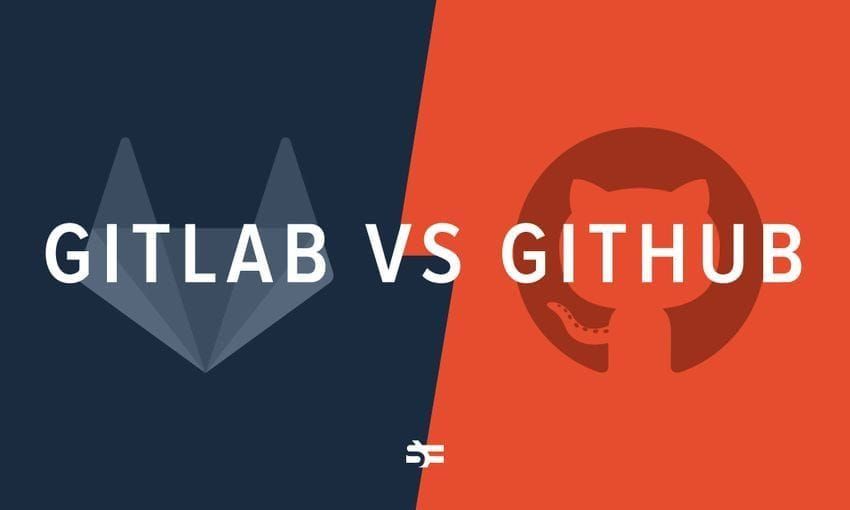For seven years, I’ve been helping dozens of companies in various stages research new domains, improve sales and technical culture, build new products (including data-driven and machine learning solutions), and succeed in fundraising.
In this post, I want to crystallize an approach that successful startups leverage when working with outside consultants in their research phase. I call this approach “smart dev”. Like “smart money”, which is VC money invested by firms and angels that have great expert knowledge and connections, smart dev involves taking into mind the non-code value a consulting firm can bring.
How the smart dev approach works
In VC, there’s a concept called smart money. Smart money doesn’t bring only funding to a company. Besides investment, it also brings opportunities: market exposure, PR, partnerships, best talents, and access to expert advisory and business guidance.
According to the “More than money” report by Forward Partners, 92% of VC firms offer more than money and 61% of founders want these value-added services.
Obviously, founders’ needs differ and always depend on the company stage and sector. For example, 6x more seed-stage founders cited mentoring and emotional support as important vs their series A counterparts. At the same time, B2C needs it twice more often than B2B. Another great insight: three times as many B2B founders reported that support with their go-to-market strategy contributed to growth versus their B2C counterparts.
There are two distinct ways VC firms provide value-added support. The first one is “smart capital”, which is when experienced VCs with vast experience in business and investments provide a strong sounding board and give valuable advice.
The second way, which I suggest keeping in mind while considering the article, is “capital with capability”. It assumes active contribution to the growth of a startup through dedicated internal resources by helping and working for business development.
The capital with capability model has four main value-add directions:
- Network-driven. Provides access to the investor’s network of partners, talent, and possible customers.
- Knowledge-first. Provides additional knowledge in the form of resource hubs, quality content, or workshops.
- Platform. Shares access to the firm’s in-house experts for PR and marketing.
- Applied venture. Similar to the platform direction but more oriented on providing a team of experts that help with all aspects of startup growth. Usually covered by cash or additional equity.
Here comes the insight! You can follow a similar approach while choosing development partners for your startup. Like smart money, smart dev might provide not only code or a technical solution but also fantastic business opportunities to the team. That value should always be considered.
Unfortunately, founders and decision-makers sometimes forget to apply the same principles while choosing R&D contractors. They choose contractors based on a limited set of general characteristics like pricing, reviews, and portfolio cases, which makes them miss out on synergies that a great contractor can bring.
In the worst case, this can increase the startup’s burn rate, negatively affecting the overall business performance and relationships with investors.
Benefits of the smart dev approach
Business network (network-driven capability)
According to the “More than money “ report, 33% of founders saw access to an investor’s network as the most important value-add service for growth.
It’s the same for contractors. One of the main benefits a great contractor can bring is their business network. Like the business network of a VC, a well-established network of a development firm may bring a lot of non-code profit to the founder.
How to make use of it? Similarly to VC firms, you should look for synergies with companies in the contractor’s portfolio. Don’t hesitate to ask your consultant for intros to other clients and partners. The R&D team can be a bridge between your teams and theirs. Moreover, they are the perfect team to implement those cross-team synergies in code. :)
Additionally, discuss whether your R&D partner has VCs, scouts, angels or accelerators in their network. This might improve your possibilities for future fundraising. Also, cooperation with such a consultant may become a certificate of technical excellence and successful technical due diligence.
NB! Some R&D teams provide VC firms with their independent expertise and help with scientific advisory and technical due diligence. Especially in the frontier/deeptech sectors.
Contractors bring processes and culture (knowledge-first capability)
Efficient in-house engineering cannot be achieved without well-tuned processes and technical culture. A great R&D partner is a great opportunity to bring that expertise to the in-house team.
While working together, great consultants always:
- Look at the in-house team’s processes and approach, bring best industry practices and suggest improvements.
- Check if the in-house engineers’ goals align with the business’s goals.
- Observe how requirements are propagated through the organization.
- Look closely at the main aspects of an efficient software development pipeline: transparency and exposure, collaboration and communication, responsibility, iterative improvement, continuous monitoring, and automation.
- Help to perform proper change management and conduct leadership assistance if needed.
- Are proactive. Great consultant always tracks if there is any space for improvement. For instance, that may be an improvement of the overall software performance, reliability, scalability, or data storage components. They will propose changes to the technology stack (if it can result in objective benefits for the business) and consider ways of improving the system’s observability.
A smart choice for an R&D team is a team that can build your in-house team to a world-class level.
Shallow learning curve
Sometimes founders doubt whether to hire an in-house engineer or a consultancy. But with a proper approach, a consultancy can be an asset instead of a liability. For example, while making a decision and considering costs, the founder should also include and estimate the learning curve costs associated with each alternative.
Usually, consultants have wider experience. While delivering dozens of different products from various industries and verticals, R&D teams accumulate knowledge on overcoming unexpected circumstances, mitigating engineering risks, planning development, and sharing value with in-house teams. That allows consultants to have a very shallow learning curve, while most in-house candidates require time for hiring and investment in their education.
Well-experienced consultants reduce that time to a discovery or exploration phase, which takes up to 3 weeks on average.
During this stage, consultants:
- Establish processes in communication between teams.
- Set up a series of sync-ups and interviews with product experts to better understand the specific details of the project.
- Investigate current architecture and codebase as well as prepare specifications for the engineering stage that comes up next.
That approach helps the R&D team to understand the project’s goals and, in many cases, deliver tasks much faster than a candidate from the in-house team could do.
NB! The discovery phase is obligatory and should have a well-established and battle-tested approach to it. It always takes some time to investigate requirements, code, and domain. “Right off the bat” engineering kick-off is almost impossible and may underestimate the scope and the timeline, which can lead to delivery that exceeds the budget.
When negotiating with a consultancy, always ask specific questions about how the team plans to perform their discovery. If you feel any lack of transparency, uncertainty, or no discovery phase is planned, then it’s a sign to be concerned.
Contractors respect your ROI
This is the largest difference between average developer teams and professional consultants.
The main goal of a consultant is to guarantee delivery that is both on time and within the client’s budget. Contractors should deeply understand the needs of product-driven companies, their approach and budgeting. They should focus on ROI while planning the development, making technical decisions, and implementing the solution.
In other words, a consultant working on a product startup should have the best experience in being capital-effective and bring that expertise to the in-house team. Unfortunately, some founders underestimate the importance of that knowledge. Many in-house teams of early-stage startups have huge space for improvement there. Often, a lack of ROI-driven approach leads to the problem of endless engineering and results in company inefficiency and bankruptcy.
To check the considered contractor, you may dive into the fundraising track of the companies from the consultant’s portfolio. Successful rounds, especially early stages, may verify that the contractor is good at efficiently building PoCs and MVPs and has a great ROI-driven approach.
Conclusion
To sum it all up, I wish to recommend the following to all founders.
Don’t write off outsourcing by default. Best R&D teams bring network, certification, assessment, and improve your own in-house expertise. Accurate coding and delivery is just the minimum requirement.
While negotiating with a potential contractor, never hesitate to ask as many questions as you have. Try to figure out all the details and opportunities that you can get. The same way you would while negotiating a term sheet with an investor. And remember! It’s always a pleasure and a benefit for R&D teams to help their partners grow together.



.jpg)

.jpg)
.jpg)

